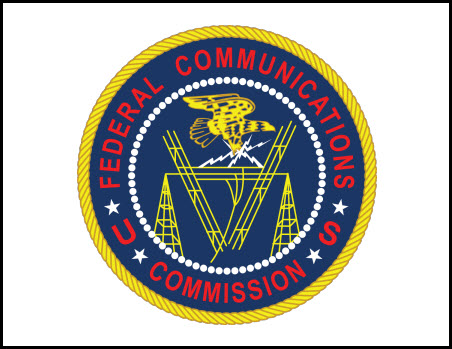Spectrum Auction Round Two: About $500M in New Bids

With two rounds finished in the forward part of the FCC's broadcast spectrum incentive auction, a total of $9.038 billion has been bid on the available 416 geographic markets where licenses are being offered.
That's up from the $8,490,410,000 bid in round one, which began Tuesday (Aug. 16).
The auction is in its earliest stages -- it is expected to last a couple of months -- so auction watchers aren't gleaning much from the early returns.
The FCC is raising its prices by 5% in each round. For example, in top market New York, the opening price for the 10 MHz available -- 5 MHz uplink and 5 MHz down -- was $135,000,000. The round-two price was $141,750,000. The round three price will be $148,383,000.
So far, demand is exceeding supply in nine of the top 10 markets, and all markets have at least one bid on at least some of their available spectrum. Only American Samoa had lacked a bid in the first round.
The FCC will need to raise at least $88,379,558,704 in total to cover the cost of paying broadcasters for giving up 126 MHz of their spectrum, 100 MHz of which is being auctioned (the rest is for guard bands between broadcast and wireless users).
The licenses in the top 40 markets will also have to draw sufficient dollars to meet what the FCC has set before the auction as competitive price for those: $15,896,290,000.
Multichannel Newsletter
The smarter way to stay on top of the multichannel video marketplace. Sign up below.
If the FCC does not meet those goals, it will reduce the spectrum clearing target to 114 MHz and resume the reverse auction.
Currently, the forward auction consists of two, two-hour rounds per day, but more rounds could be added if the FCC wants to goose the activity.
Bidders are also required to bid on most of the spectrum they have indicated interest in or face having their eligibility "irrevocably reduced," the FCC has pointed out to bidders.
Contributing editor John Eggerton has been an editor and/or writer on media regulation, legislation and policy for over four decades, including covering the FCC, FTC, Congress, the major media trade associations, and the federal courts. In addition to Multichannel News and Broadcasting + Cable, his work has appeared in Radio World, TV Technology, TV Fax, This Week in Consumer Electronics, Variety and the Encyclopedia Britannica.

